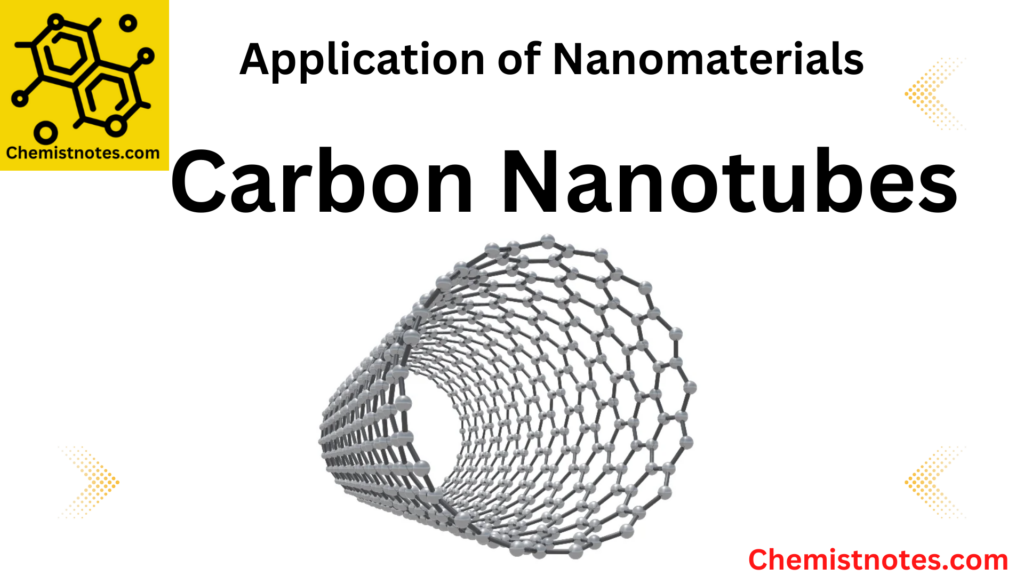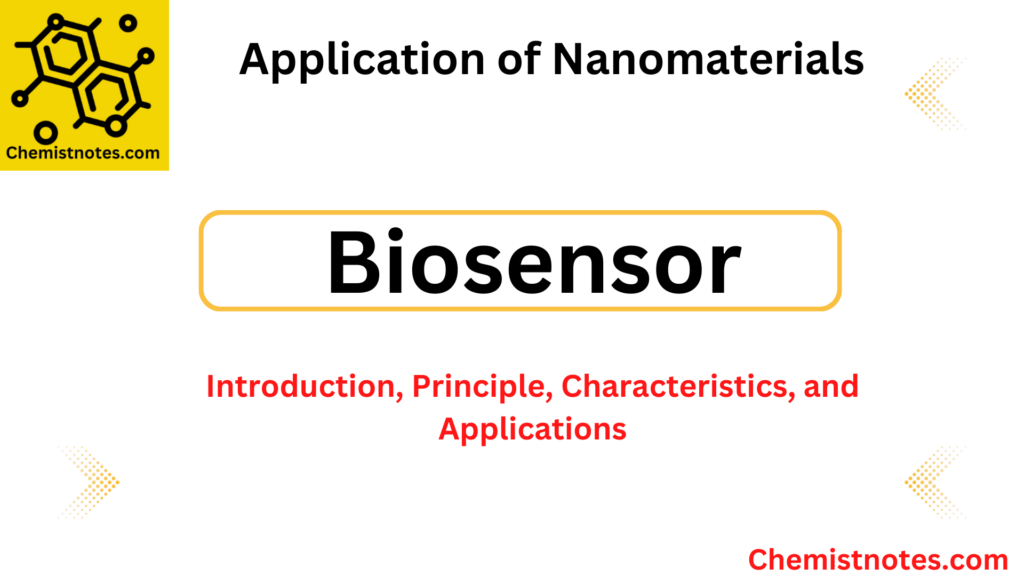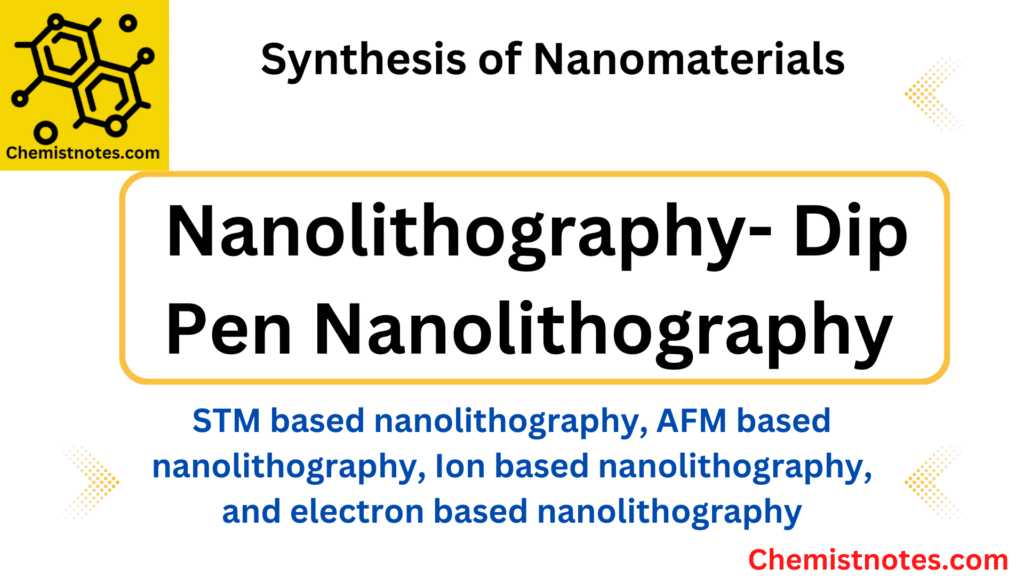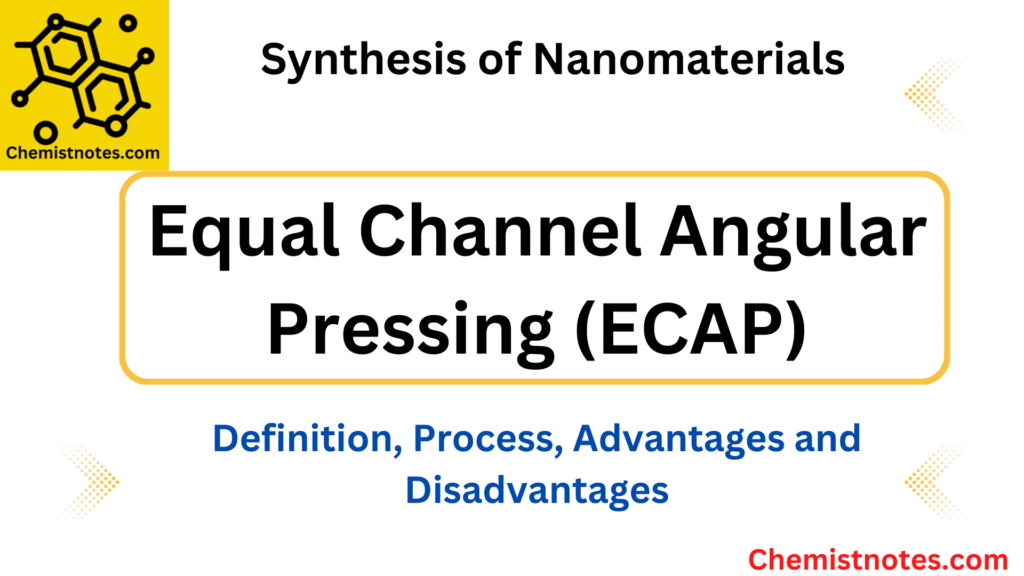Table of Contents
ToggleIn high-pressure torsion (HPT), materials are processed by imposing compressive force and concurrent torsional strain. This top-down nanosynthetic approach is used to gain ultrafine grain refinement and exceptionally high-strength with enhanced ductile nanomaterials. In this method (High-pressure torsion), several GPa high pressure is applied to the disc-shaped sample placed between two anvils, and torsional strain is applied at the same time via rotation of the lower anvil.
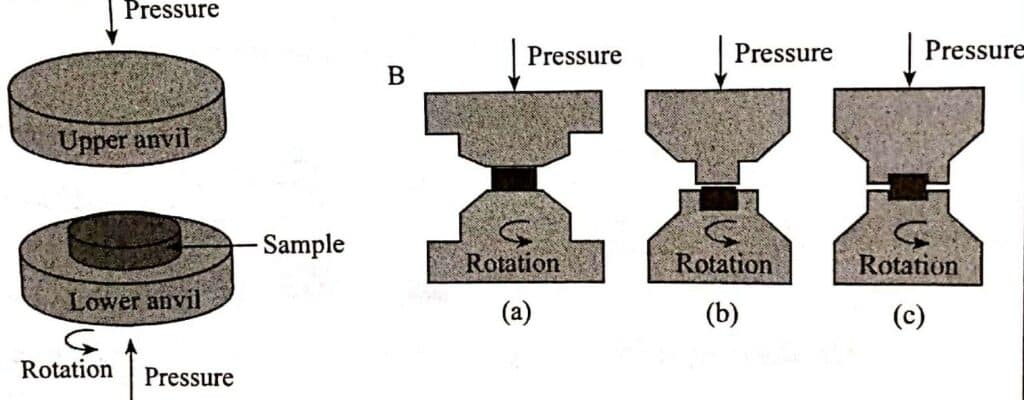
High-Pressure Torsion Process
In HPT, the sample disk is torsionally strained between two anvils while being subjected to an applied pressure (P) of several GPa. Surface friction causes the starting material to distort by shear as a lower holder spins. The main volume of the material is strained in conditions of quasi-hydrostatic compression under the applied pressure and the pressure of the sample’s outer layers due to the particular geometric shape of the sample. As a result, the deformed sample is not destroyed even in the presence of high strain levels. The lower anvil can be rotated through a specific angle to produce different strains. To estimate the shear strain, use the following formula:
γ = 2πRN/d
where R is the distance from the sample center, N is the number of anvil rotations and d is the
the thickness of the sample.
The whole process can be carried out at room temperature or at an elevated temperature. Generally, there are two types of High pressure torsion (HPT):
- Unconstrained HPT: Pressure and torsional strain is imposed on the material specimen placed on the lower anvil.
- Constrained HPT: Under the application of load, the material is cut and squeezed into the cavity of the lower anvil, preventing its outward flow. Under these circumstances, significant back pressure is applied. Experiments are typically conducted in quasi-restricted conditions because fully limited conditions are unfeasible. There is a small amount of outward flow between the top and lower anvils under these circumstances.
This approach of microstructure refinement realizes the simple shear stress conditions under high applied pressure at comparatively low temperatures (5–15 GPa). The samples created by extreme torsion straining are typically disc-shaped, measuring 10 to 20 mm in diameter and 0.2 to 0.5 mm in thickness. Although it only takes a one-half revolution to significantly alter the microstructure, it typically takes multiple rotations to generate a homogenous nanostructure.
Recent studies have demonstrated that strong torsion straining can be utilized successfully to consolidate powders as well as modify a microstructure. It was discovered that high pressures equal to several GPa can produce a relatively high density near 100% in the processed disc-type nanostructured materials during torsion straining at ambient temperature. Both conventional powders and powders that have undergone ball milling can be used to generate such samples through extreme torsion straining consolidation. As an example, consider the HPT consolidation of ball-milled, nanostructured Ni powder.
The first nanocrystalline structures were created in Ni and Cu single crystals using high-pressure torsion. The average grain size was seen to have steadily decreased with a rising shear strain before stabilizing at a value of about ~100 nm. Subsequent research on initially coarse-grained Cu, Ni, Fe, Cr, and Ti materials showed that substantial grain refinement is possible in all of these metals after 3–5 revolutions, at which point the mean grain size typically reaches the steady state value of 100–200 nm, depending on the substance. However, Fe and Al single-phase matrix alloys have been observed to have slightly smaller grains, and some multiphase alloys and intermetallic compounds have much smaller grains, down to 10 nm.
Factors affecting High-pressure torsion process
- Heterogeneity of the disc,
- Applied load on microstructure evolution,
- Strain hardening and dynamic recovery, and
- Number of rotations and thus the imposed strain


